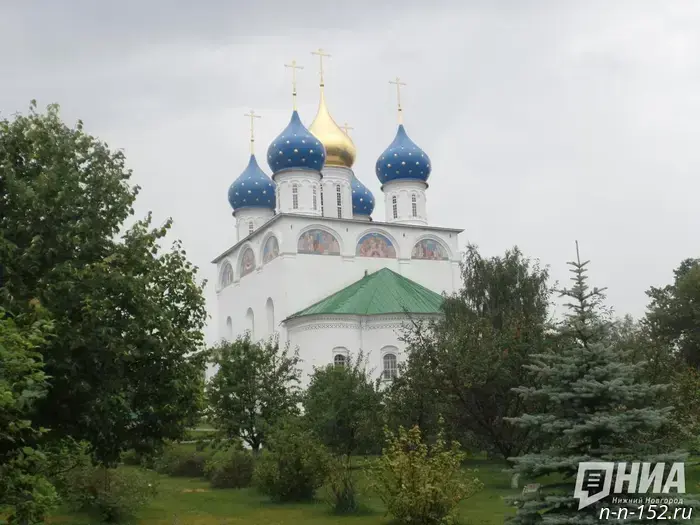
Volodarsky District through the eyes of a journalist: preserving culture, developing the economy
NIAN "Nizhny Novgorod" - Maria OrlovaFlorischevu desert, schools, enterprises, and cultural sites were visited during an outreach meeting in Volodarsky District by representatives of the Club of Parliamentary Journalists, created at the initiative of the Chairman of the Legislative Assembly of the Nizhny Novgorod Region, Evgeny Lyulin. The trip also involved Deputy of the Nizhny Novgorod Legislative Assembly Igor Ruzankin and the head of the district, Dmitry Tretyakov.
Igor Ruzankin noted that Volodarsky District is gradually shifting away from the stereotype of an exclusively military territory. Today, a production and economic cluster is forming here, positively impacting the budgets of the district and the region.
At the border of three regions
The first point of the route is the urban-type settlement of Froliši. It is located at the border of Nizhny Novgorod, Vladimir, and Ivanovo regions. Guests were welcomed at the "Les" Culture House, which locals are very proud of. And it's no wonder. The institution changed location several times until, in 2015, a new building was constructed as part of the Nizhny Novgorod Ministry of Culture’s "Construction of Modular Cultural Centers" program.
This became possible thanks to the chastooshka festival, visited in 2014 by then Head of the Department, Sergei Goren. He also suggested the program to villagers.
"A typical cultural center for the village—a beautiful hall for 144 seats, a stage where all village events are held, 8 clubs, 6 staff members. There is a cozy atmosphere here," noted the district head, Dmitry Tretyakov.
The library, previously located in an apartment, was moved to the building of a former kindergarten, which also now hosts a museum room. Thus, the "Cultural Courtyard" was created. Later, the institution received a grant for territory improvement.
Not only the club developed but also the chastooshka festival, which became an annual event. Today, amateur groups, folk craft masters from not only the Nizhny Novgorod region but also from Ivanovo, Vladimir regions, and the Mari El Republic participate in the "Froliševskie Guests." Local residents and almost all cultural institutions of the district actively take part in the event.
Another pride of the settlement is the secondary school built in 2018 under the program for creating new places in general education organizations. It is designed for 150 students but currently serves about 60 children. As noted by the school’s director, Marina Palyutina, all grades from 1 to 11 are represented. Since 2023, the school has operated a "Point of Growth." The program equipped three locations: an additional education recreation area and two laboratories—chemistry and biology, and physics. Students actively participate in Olympiads in these subjects and choose them for exams.
A sacred place
The main attraction of the settlement is the active men's monastery, also of federal architectural significance—"St. Uspensky Men's Monastery - Floriševa Desert." Of course, journalists couldn’t miss it. Despite pouring rain and a limited schedule, the monastery left an indelible impression.
Founded in 1651 by schemamonkMethodius and his followers, after their death from the plague, the monastery was led by Hieromonk Ilarion, under whom it became a well-known spiritual center. Tsar Fyodor Alekseevich visited the monastery and ordered the construction of a stone Uspensky Cathedral, consecrated in 1681. The iconostasis was created under the guidance of Simon Ukashov.
After the revolution, the monastery was closed but resumed services in 1992. In 2005, it was returned to the ROC. Today, 6–7 monks live here, pilgrims are received, and restoration of the architectural ensemble continues.
Territory of Advanced Development
Journalists also visited two industrial enterprises. In Ilyinogorsk, representatives of the media were shown the GeoSM LLC plant, built on the site of the meat-processing plant that went bankrupt in 2015. Currently, 350 people work there. The enterprise produces geosynthetics—as materials for road construction, waterproofing of water retention facilities, landfills, sludge tanks, and for slope stabilization. Products are supplied across Russia and to neighboring countries, with plans to enter the African market.
Since it started operating in 2021, it was not included in the Territory of Advanced Development (TAD) program.
The second facility—Formara factory in Volodarsk—was opened under the TAD program. The company launched deep woodworking in February, creating house kits and small architectural forms.
The company's CEO, Rodion Tebeikin, noted support from local and regional authorities in implementing the project. TAD residents benefit from tax incentives: a zero rate on land and property taxes, a reduced profit tax rate—5% for the first five years and 10% thereafter. Social contribution benefits include 6% to the Pension Fund, 1.5% to the Social Fund, and 0.1% to the Mandatory Medical Insurance Fund. There are two TAD areas—Volodarsk and Reshetiha—with 20 residents registered: 15 in Volodarsk and 5 in Reshetiha.
Last year, Ilyinogorsk was integrated into the Volodarsk TAD. "The Development Corporation, at the governor’s instruction, is now creating a master plan for these sites. There will be a large textile cluster,” Tretyakov said.
"Collecting Volodarsk"
In Volodarsk, restoration work is underway on the unique mosaic panel "Folk Art" at the Jubilee Cultural Center in the central part of the Ptičnik microdistrict.
First Deputy Head of Administration Anton Ivanov noted that the object is among the top 10 mosaics in the Nizhny Novgorod region. It is unique in that it contains not only a mosaic part but also a bas-relief. Work is planned to be completed by the end of August.
"When the decision was made to reconstruct the mosaic, an application was submitted for the All-Russian contest of small towns and historical settlements. Last year, the project was one of the winners,” he added.
In addition to the mosaic restoration, the "Volodarsk Mosaic" project involves landscaping the territory near the Culture House—laying new paving stones that will match the art object: the coating will have the same color scheme with patterns resembling the mosaic. Additionally, small architectural forms, new playgrounds for different age groups, a dry fountain, event sites, and the planting of about 600 trees and shrubs are planned. In the future, authorities aim to build a children’s art school—an application for a grant has already been submitted. The Culture House’s facade is also planned for renovation—design documentation worth 44 million rubles is prepared.
Previously, a major overhaul of the communications infrastructure was carried out, and now the auditorium is being updated.
Local officials emphasize that this is not the first improvement project implemented under government programs. For example, in 2022, as part of the federal "Formation of a Comfortable Urban Environment" project within the national "Housing and Urban Environment" program, a new pedestrian route was introduced in the historic center, and the central square of the city was reimagined, as well as the memorial square was reorganized.
Young Patriots
A special highlight of the outreach meeting was visiting Volodarsk School No. 10, where a meeting took place in the assembly hall with students participating in projects "Beslan. Watch Duty," "Innopolis—City of the Future," trips to the Central Military-Patriotic Park "Patriot," and the Belarus trip "Lessons with Journeys."
Head of the district's Education Department, Natalia Solovyeva, thanked Igor Ruzankin for organizing these activities. "Our partnership began in February 2022. The human desire to show children the place of pain, the tragedy in North Ossetia, evolved into the joint project 'Beslan. Watch Duty.' The first time, 36 youth army members from the Volodarsk municipal district visited the 'City of Angels' on September 1, 2022. In 2023, the project expanded from municipal to inter-municipal, with the Balakhna district joining, and in 2024, it became international—the group included teenagers from Lida, a sister city of Volodarsk in Belarus," she explained.
The kids say that the trip changed them. Many had only read about the tragedy in Beslan. But seeing the school, photos of dead children with their own eyes, they once again realized that terrorism is evil and must not be tolerated. Students of the district actively participate in terrorism prevention efforts.
In September 2025, another group of schoolchildren will go to Beslan.
Another project supported by Igor Ruzankin is educational trips to Innopolis (Republic of Tatarstan), where students see how personnel are trained for Russian industry and IT sectors, and try out these professions. Already, 80 students from Balakhna and Volodarsk have visited Innopolis.
Perhaps, after the launch of the IT campus "NameArk," such trips for young residents of districts will be directed not to neighboring republics but to the capital of the Volga region. And some may decide to continue their studies at the Nizhny Novgorod IT campus.
The Deputy of the Legislative Assembly stressed the importance of work with schoolchildren, including patriotic activities. In his view, such events help develop strong character traits—nobility, responsiveness, courage in children.
Many plans ahead
The outreach meeting concluded with a visit to the cultural heritage site "Dacha Bugrova" in the center of Volodarsk, as well as laying flowers at the memorial to those who died during the Great Patriotic War.
Dacha Bugrova is one of the architectural highlights of the district. It is built in the style of a carved wooden manor. According to credible sources, the house was designed by architect P.P. Malinovsky. One beautiful version suggests the project was based on a drawing by Apollinary Vasnetsov.
The museum holds documents and items related to Bugrov and the history of local mills: an autograph bill of exchange, accounting books, photographs from the 19th–20th centuries. It features a rich ethnographic collection, exhibits on the city’s history, and art and craft exhibitions.
The authorities plan to reconstruct the mansion. However, since the building is a regional cultural heritage site, the district alone cannot carry out its restoration. A joint project with the regional Department of Cultural Heritage Protection is planned. Dmitry Tretyakov noted that currently, there is no suitable funding program, but as soon as it appears, the municipality will apply.
"We aimed to show Volodarsk from different sides: spiritual, youth, social, and industrial. The visit ended with an excursion into the historic part and flowers laid at the WWII monument. It's impossible not to mention the 80th anniversary of Victory in 2025. Much has been done this year to preserve the memory of the heroes who sacrificed their lives during the Great Patriotic War. Military graves have been restored, and the Eternal Flame reconstructed," the district head said.
Summing up the visit, Tretyakov added that next year, Volodarsk will celebrate its 70th anniversary. According to him, local authorities have already planned the construction and renovation of five facilities: a resettlement house, an art school, the start of construction of a new school for 550 students opposite the First Weaving Factory, the restoration of the Culture House in Reshetiha, and the facade renovation of the "Jubilee" Culture House in Volodarsk.
NIAN "Nizhny Novgorod" has a Telegram channel. Subscribe to stay informed about main events, exclusive materials, and real-time updates.
Copyright © 1999–2025 NIAN "Nizhny Novgorod". When reproducing, a hyperlink to NIAN "Nizhny Novgorod" is mandatory. This resource may contain 18+ materials.















Другие Новости Нижнего (Н-Н-152)
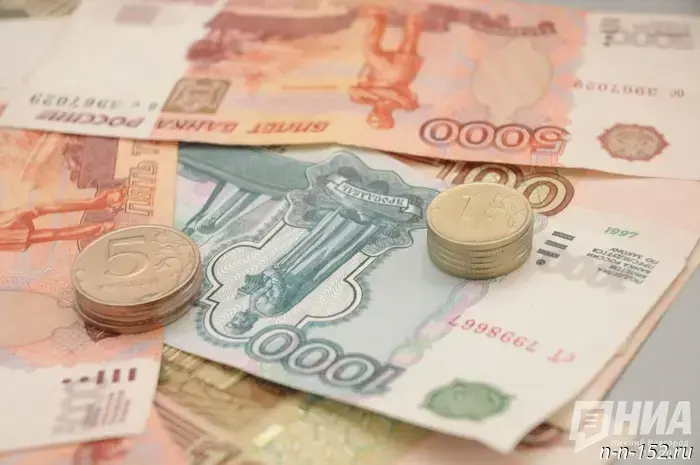 Scammers deceived Nizhny Novgorod residents out of 54 million rubles in a week
Scammers deceived Nizhny Novgorod residents out of 54 million rubles in a week
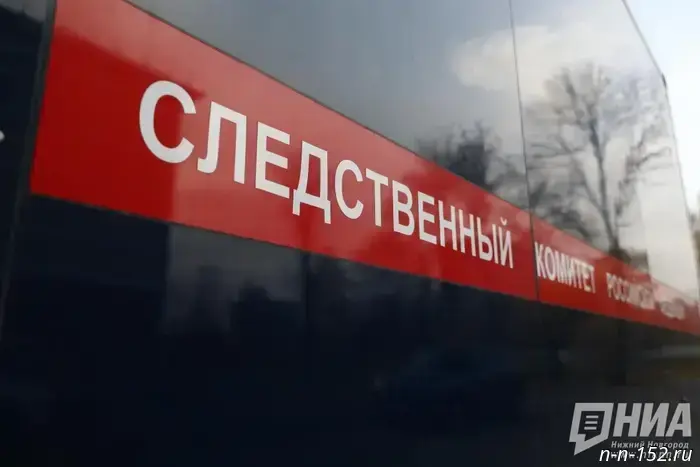 Bastyrkin will be informed about dog attacks on children in Dzerzhinsk
Bastyrkin will be informed about dog attacks on children in Dzerzhinsk
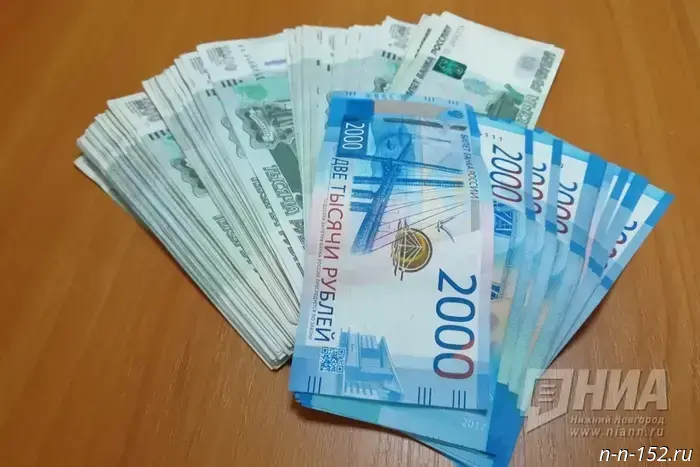 Employees of a research organization are accused of manipulating bonuses in Sarov.
Employees of a research organization are accused of manipulating bonuses in Sarov.
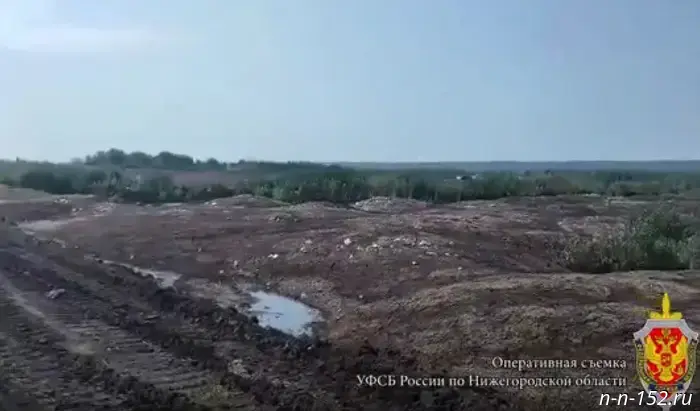 The sugar factory in Sergach is accused of causing damage to the soil amounting to 264 million rubles.
The head of the company has been detained, and a criminal case has been initiated regarding violations of environmental protection legislation.
The sugar plant in Sergach is accused of causing damage to the soil amounting to 264 million rubles. July 22, 2025. Komsomolskaya Pravda. Nizhny Novgorod region. Nizhny Novgorod.
The sugar factory in Sergach is accused of causing damage to the soil amounting to 264 million rubles.
The head of the company has been detained, and a criminal case has been initiated regarding violations of environmental protection legislation.
The sugar plant in Sergach is accused of causing damage to the soil amounting to 264 million rubles. July 22, 2025. Komsomolskaya Pravda. Nizhny Novgorod region. Nizhny Novgorod.
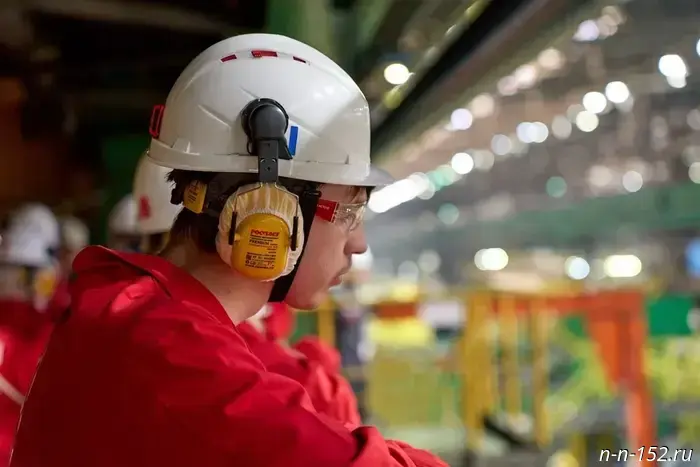 Tourists with mental differences visited Vyksa thanks to OMK.
Tourists with mental differences visited Vyksa thanks to OMK.
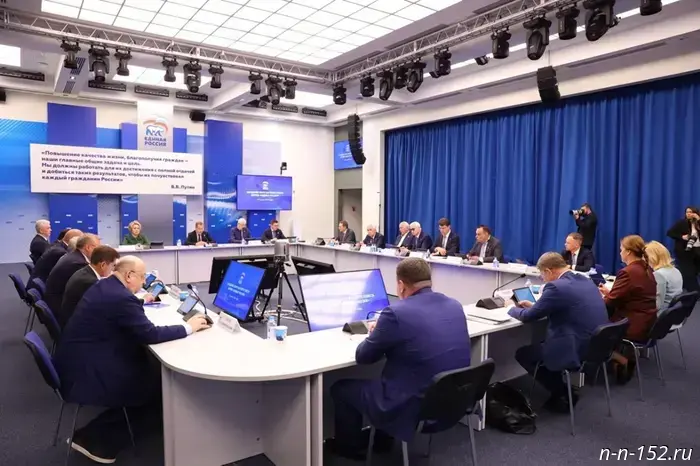 Dmitry Medvedev: The theme of serving the Motherland will become the main focus of United Russia's Duma campaign
Dmitry Medvedev: The theme of serving the Motherland will become the main focus of United Russia's Duma campaign
